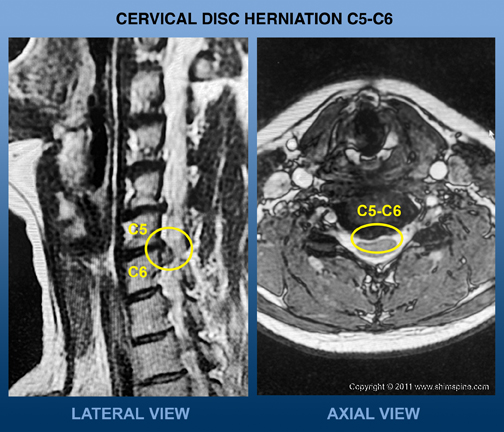Neck Pain Treatment
Are you interested in Neck Pain Treatments? Obviously, you have neck pain. Your physician must now figure out why.
Initially, your physician may ask a series of questions about the pain:
When did the neck pain start?
Is there any associated trauma, such as a fall, accident, or altercation?
Was the development of pain gradual, or sudden?
Does the neck pain have associated numbness, tingling or weakness to the arms, hands, or legs?
Have there been any associated changes in your bowel or bladder function?
Has there been prior history or similar complaints?
Has the pain improved or worsened?
Is there any prior history of cancer, diabetes or infection?
Is there any recent history of fevers, chills, sweats or unexpected weight loss?
By these questions, your physician can determine the likelihood that the pain is a typical presentation of a neck sprain, or manifestation of neck arthritis. But, depending on your answers, possibilities include a broken bone, an infection, cancer, disk herniation, or bone spurs causing nerve entrapment in the spine.
Without history of a recent traumatic event, or suspicion for an infection, or cancer, usually, the treatment includes use of activities modifications, ice, use of medications, and home exercises or physical therapy. Chiropractic care can also be considered. The majority of neck pain episodes respond to these less invasive treatments. On average, by 6-8 weeks, most episodes of neck pain will improve. Usually, testing such as x-rays or MRI’s are not necessary.
With suspicion of a fracture, usually x-rays are ordered. Please remember, however, that there is a small but real radiation dose with each x-ray. If there is concern for instability or loosening of the spine bones, special flexion and extension views will be obtained. If the x-rays do not demonstrate a break or instability, usually the pain can be treated with the above regimen. And, similar to the above, most will improve.
For patients with complaints of arm and leg radiations, if there is no improvement within a 4-6 week time period, or if there is increasing weakness of the arms and legs, usually further diagnostic tests are necessary. MRI’s demonstrate excellent visualization of the muscles, disks, ligaments and nerves. MRI’s can identify disk herniations, disk bulges, and nerve entrapment. MRI’s can also identify infections or tumors of the examined area.
With certain patients that have metallic implants (cerebral clips, corneal implants, recent angioplasty, etc, MRI’s cannot be performed. In this circumstance, depending on the presentation, a physician may order a CAT scan, or a myelogram followed by a CAT scan. These tests will better define any fractures or bone spurs, and with the myelogram, any nerve or spinal cord entrapment. With any CAT scan study, however, there is a very large radiation dose. The use of CAT scan therefore must be justified, considering the radiation risks.
If the cause of the neck pain is secondary to nerve entrapment from disk herniations, and there is no improvement with the above therapies, more aggressive measures such as steroid injections are offered. In rare instances, surgery may be the only remaining option.
If the cause of the neck pain is bone spurs, or arthritis, and without improvement with the above therapies, steroid injections to the facet joints may be beneficial. Surgery may also be an option for arthritis causing nerve entrapment.
Please seek medical attention if you have persistent neck pain, and especially if it causes numbness, tingling or weakness.
Last modified: January 5, 2018










